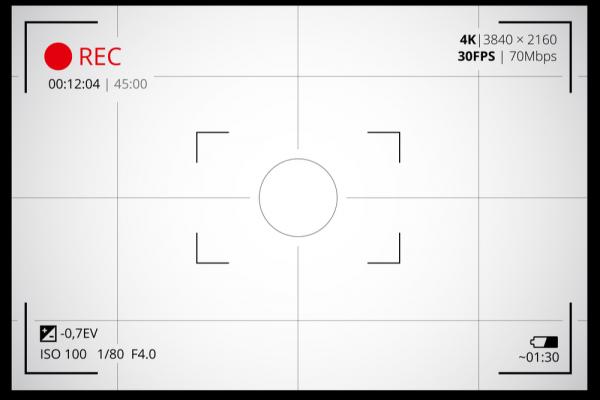Jun 10, 2020
When I see footage of Black murders, I feel horror and anger not only at the life that was violently taken, but also the idea of vacant and immune gazes transfixed on an unrealized destiny, a muted future, someone’s son, daughter, or father. There are some who, despite the graphic nature of these images, will watch with no sadness and no outrage. They will not see a person, only an object — objectified in life and objectified in death.
Read the Full Article

Already a subscriber? Login
